According to the World Health Organization, about 90% of the world's population is infected with one type of parasite or another. About 250 species of worms alone (helminthiasis) can live in the human body, but in addition to them there are also protozoa (amoebae, lamblia and others), arthropods, insect larvae and many other parasites.
Most often, residents of large cities are infected with common worms, roundworms and tapeworms, dangerous to health and very unpleasant parasites, but only residents of tropical countries and tourists who go on vacation to the South usually encounter truly terrible creatures that parasitize inhuman body America, Africa or Australia.
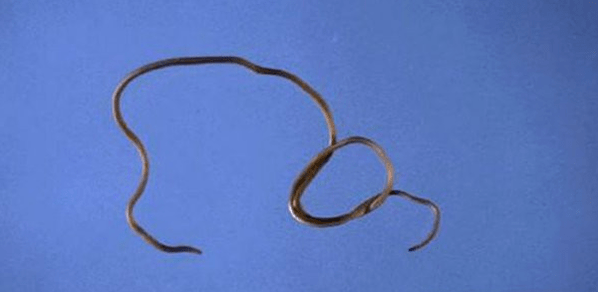
Every day, each person faces a huge number of parasites; you can become infected with worms by eating food or drinking water with eggs or larvae of parasites, through close contact with a parasite carrier (animal or human), less often, Infection occurs through household objects orinsect bites.
The most common pests
- Roundworms– representatives of this type of worms are diagnosed in 100 million people in the world every year. The adult roundworm is a roundworm, up to 40 cm long, which can exist in the human intestine for years, feeding on its red blood cells and poisoning the human body with waste products. Female roundworms can lay up to 200, 000 eggs daily, which are released along with feces and contaminate the soil. Ascaris larvae can migrate throughout the body, affecting internal organs, blood vessels and even the human brain.
- Pinworms- small roundworms that live in the large intestine. Infection with pinworms is common in childhood; parasites enter the human body when the rules of personal hygiene are not observed (do not wash your hands after using the toilet, walking and before eating, do not change your underwear in time, lickyour fingers and soon). These roundworms do not cause as serious poisoning as other worms, but they can cause the development of diseases such as enterocolitis, vulvovaginitis, salpingitis, cystitis and others. During the breeding season, adult worms leave the lower parts of the large intestine and lay eggs in the perianal folds, which causes severe itching in the child, which is the main symptom of worm infection.
- Beef and pork tapethey are large tapeworms, the length of which can reach 10 m. Despite such impressive sizes, tapeworms are not considered the largest and longest pests. The longest worm in the world, the broad tapeworm, can reach a length of 25 m. Infection with parasites occurs when we eat undercooked meat or through contact and contact with the house. Tapeworms not only cause intoxication and exhaustion of the host's body, but can also cause biliary obstruction or intestinal obstruction. No less dangerous are the larvae of the worms, which penetrate the internal organs, the brain and even the eyeballs.
- Giardia- protozoa or protozoan parasites that live in the human small intestine. Infection with protozoa is possible by consuming food or water contaminated with cysts. Diagnosing Giardia infection is quite difficult, as there are no specific symptoms of the disease. A sick person constantly feels unwell, often falls ill or is diagnosed with symptoms of a variety of diseases of internal organs.
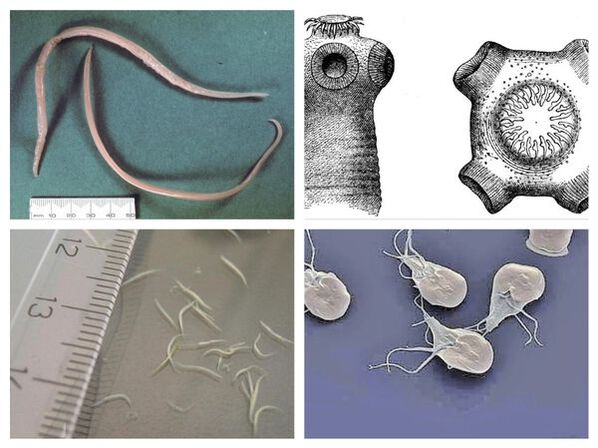
Which pests are considered the most dangerous?
Representatives of the following species are considered the most terrible and dangerous parasites in the world: filarials, schistosomiasis, Indian tongue worms, cysticerci, toxoplasma, loa loa and some other less common parasites.
Friends
Filaria are round and long worms, their length is about 45 cm; you can become infected with filaria larvae through the bite of blood-sucking insects; mosquitoes usually carry the larvae and less often other insects. Filariae penetrate the lymphatics and block them. As a result of infection, a person's lower limbs swell so much that they lose the ability to move independently.
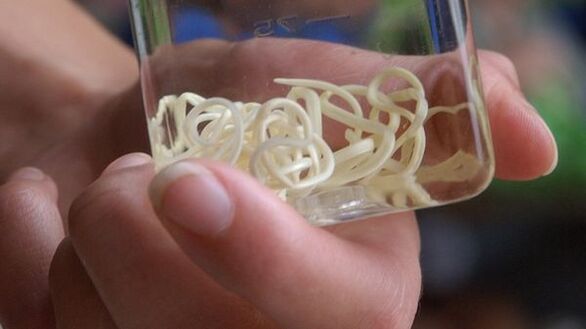
"Elephant disease" is widespread in hot countries, affecting both locals and tourists, the latter in a more severe form. This disease is considered particularly dangerous because of the difficulties in diagnosis and treatment - the disease is felt only when it becomes chronic, which is almost impossible to cure.
Schistosomes
Schistosomes are a special type of worms that live in human blood vessels. Tiny flatworms, up to 2 mm long, enter the human body when swimming or drinking water contaminated with cercariae parasites.
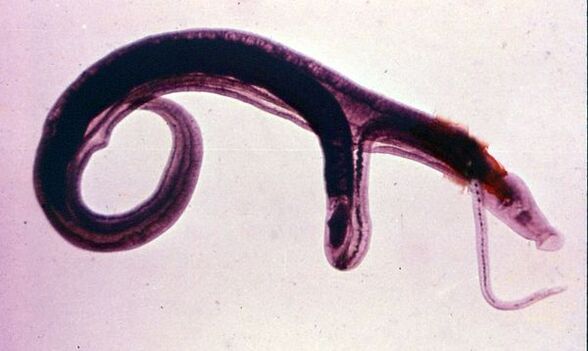
Schistosomiasis is primarily a tropical disease, contracted by swimming in open water. Once inside the human body, schistosomes can cause severe damage to the liver, bladder or intestines.
Guinea worm
Guinea worm or dracunculiasis is another serious parasitic disease that can be contracted from drinking dirty water in tropical countries. Roundworms, entering the human intestine, literally gnaw through it, then penetrate the lymphatic vessels and subcutaneous fat, where they can reach 80 centimeters in length.
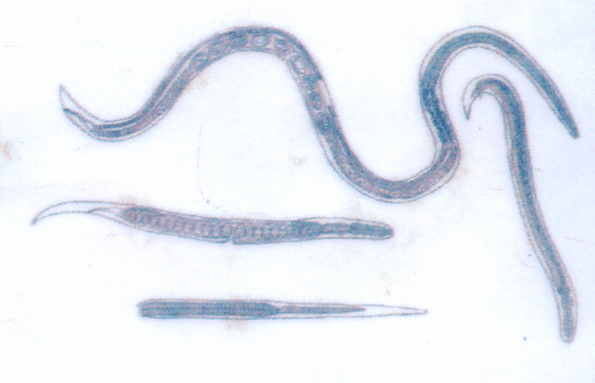
Where the parasites live, deep abscesses appear, in which one or more large worms can be found. Such infestations can only be treated surgically.
Loa Loa
Loa Loa or "eyeworm" is a round helminth that parasitizes the subcutaneous fat. A person becomes infected by the bite of a blood-sucking insect, which is the intermediate host of the parasite.
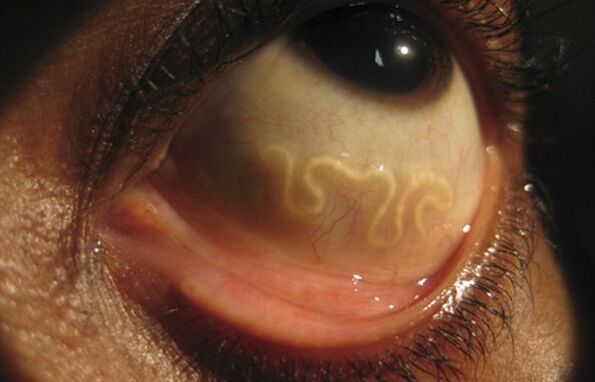
Once inside the human body, Loa Loa begins to migrate throughout the body, including penetrating the eyeballs, brain or nervous tissue.
Mustaches and Vandelia
Unlike other parasites, it belongs to freshwater fish and lives in the rivers of the Amazon. A fairly large fish - up to 15 cm long, due to its transparency and eel-like shape, it is almost invisible in the water and quietly swims up to its victims. The whiskered vandelia can swim into the human urethra, attach itself to the wall of a blood vessel and suck the blood, literally eating its owner from the inside. You can get rid of such a parasite only with serious surgery.
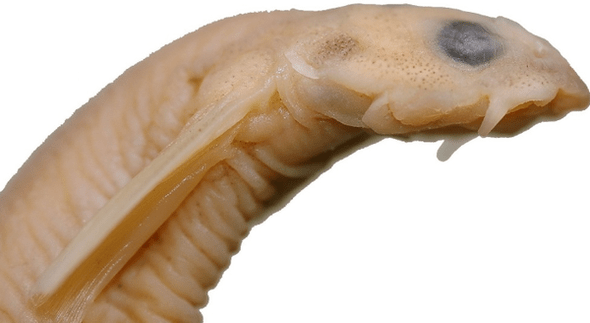
Anyone can be infected by parasites; hundreds of thousands of dangerous parasites await each of us: in water, soil, tree leaves, public transport, seafood, fresh vegetables and fruit. Therefore, it is so important to follow all the rules of hygiene and sanitation and teach children the rules of personal hygiene as early as possible.
The entry of most parasites into the human body goes completely unnoticed; the first symptoms of the disease appear only several weeks or months after infection. The symptoms of parasitism can be different: from mild malaise and headaches to a sharp worsening of the condition, fever and hemoptysis.
Only constant monitoring of your health, regular medical examinations and extreme caution when visiting tropical countries will help you avoid infection with the most terrible parasites or, at least, diagnose such an infection in time.








































